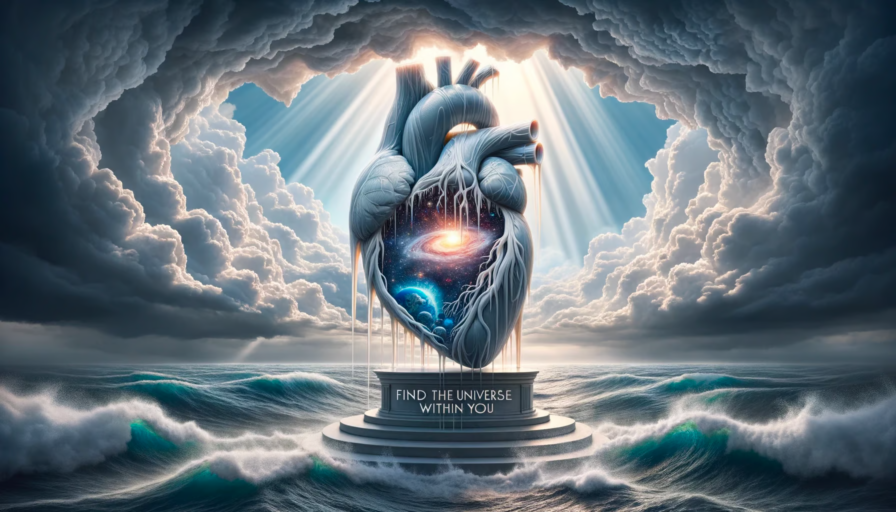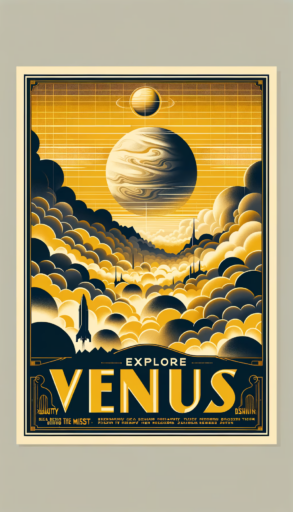
OpenAI announced its newest AI image generation tool yesterday, Dall-E 3. The images look fantastic, and it can do things that no other AI image generator can do. But it lacks a little bit in terms of respect for creator rights.
At a time when AI companies are being sued right and left for copyright infringement — this week’s Author’s Guild lawsuit being just the latest installment — AI companies should pay a little bit more attention to protecting artists and writers.
OpenAI does make a couple of gestures in this regard.
“DALL·E 3 is designed to decline requests that ask for an image in the style of a living artist,” OpenAI said in its announcement.
In addition, creators will also be able to opt out of having their work used as training data – in future models.
Here is the link to the opt-out form.
These are both steps in the right direction, but they’re half-measures.

First of all, “living artist” is an odd way to phrase it. There are recently-dead artists whose works are under copyright protection, and their estates continue to make money from those works. Creating new AI-generated works in that artist’s style would deprive them of potential income. The artist might not themselves be around to benefit, but they might have wanted that money to go to their children, or to a cause they support.
Second, forcing artists to opt out of having their work used for training is the wrong way to go. Copyrights are granted automatically, whether or not an artists files any legal paperwork, and whether or not the artist defends them in court. Your copyrights are yours. Making artists go through an “opt-out” step for every AI model out there is crazy. Plus, OpenAI’s form requires that artists submit a new opt-out request for every individual image. That’s a lot of work, if you’re a prolific artist. Plus, OpenAI isn’t the only image generator in town. New ones are springing up all over the place. Requiring artists to opt out of every single one is a lot of unpaid work that’s going to be required of them. It’s completely unreasonable.
And unnecessary.
Adobe has figured out a way to train its AI without infringing on anyone intellectual property rights with its Firefly image generator, available as a free stand-alone tool, as part of Photoshop, and as part of Adobe Express. Adobe is so confident in its ability to have a clean training data set that it indemnifies business customers against potential lawsuits. This is a massive step, and shows that the company is putting their money where their mouth is.
Sure, much of the reason why Adobe is able to do this is because it’s already sitting on a giant library of stock images that it owns all the rights to. But the company is going beyond that. It will be giving additional money to artists for the use of their images as training data.

Adobe’s AI image generator doesn’t look as good as Dall-E 3. But it’s roughly on par with Dall-E 2 — and OpenAI has a year head start on Adobe. I expect Adobe’s image quality to improve quickly with further iterations and user feedback. It’s particularly good right now at fantasy images, where accuracy isn’t paramount.
MetaStellar editor and publisher Maria Korolov is a science fiction novelist, writing stories set in a future virtual world. And, during the day, she is an award-winning freelance technology journalist who covers artificial intelligence, cybersecurity and enterprise virtual reality. See her Amazon author page here and follow her on Twitter, Facebook, or LinkedIn, and check out her latest videos on the Maria Korolov YouTube channel. Email her at [email protected]. She is also the editor and publisher of Hypergrid Business, one of the top global sites covering virtual reality.

